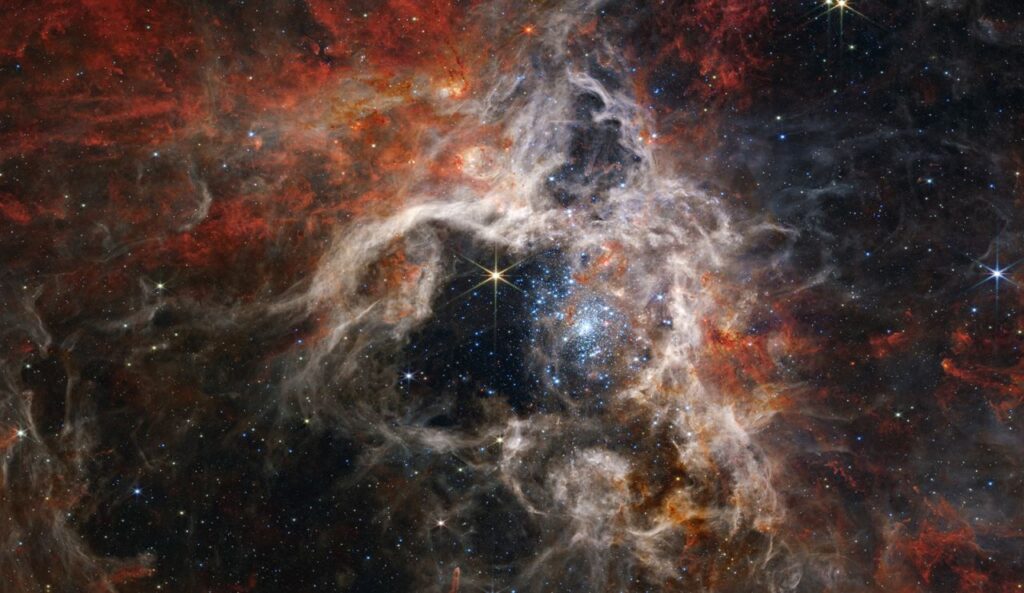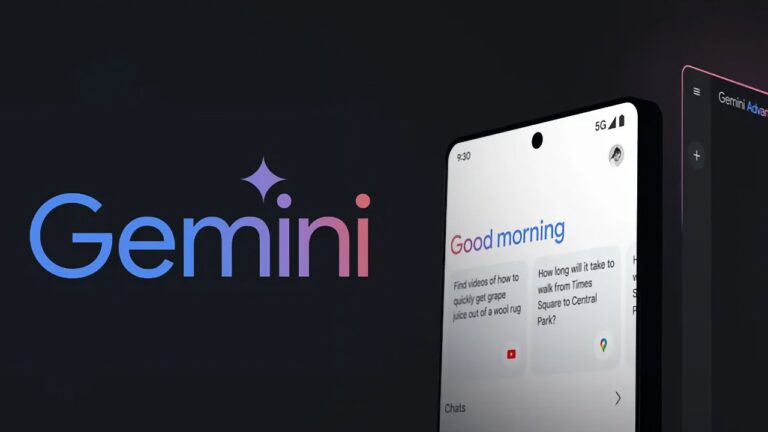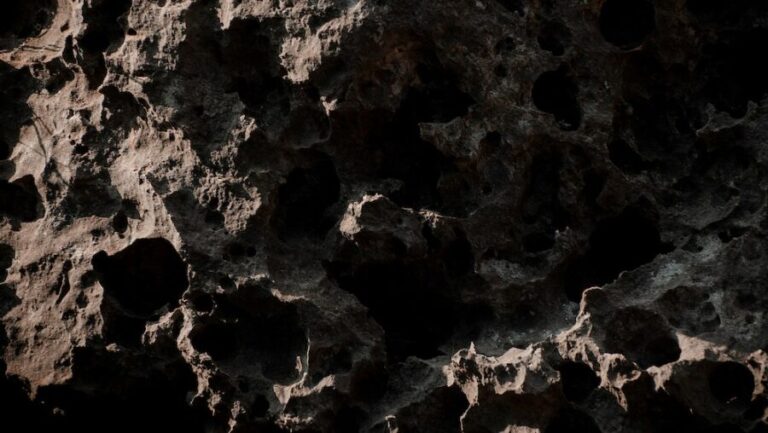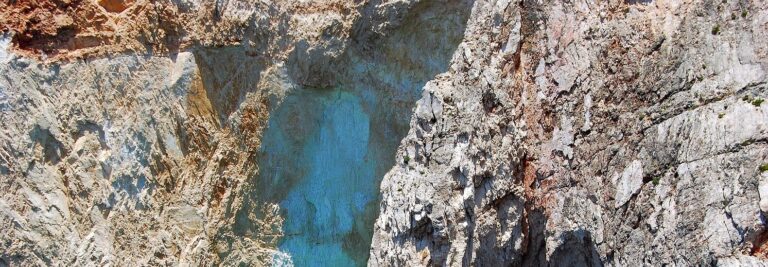
Audience
- Sentiment: neutral
- Political Group: independent
- Age Group: 18-34
- Gender: both
Overview
- 2024 YR4 is considered the most dangerous known asteroid with a 2.3% collision risk with Earth in December 2032.
- The James Webb Space Telescope (JWST) will observe 2024 YR4 to gather crucial data about its characteristics.
- Public engagement in scientific exploration is encouraged, with data from JWST made available for everyone to access and explore.
The James Webb Space Telescope and 2024 YR4: Keeping an Eye on the Sky
Have you ever looked up at the stars on a clear night and wondered what else is out there? Our universe is full of amazing things, from distant galaxies to nearby asteroids. One particularly exciting—and somewhat concerning—asteroid is named 2024 YR4. NASA has labeled it the most dangerous known asteroid, and it’s about to make headlines as it gets observed by the incredible James Webb Space Telescope (JWST). But why should you care about an asteroid? Let’s dive into the details!
What is 2024 YR4?
First off, let’s talk about what 2024 YR4 actually is. Discovered in December 2024 by NASA’s Asteroid Terrestrial-impact Last Alert System (ATLAS), this asteroid is getting a lot of attention. Picture this: it’s about 180 feet wide—roughly the size of a blue whale! While that might sound small compared to the vastness of space, if 2024 YR4 were to collide with Earth, it could be catastrophic.
To put things into perspective, imagine the 1908 Tunguska event in Siberia, where an explosion flattened about 800 square miles of forest. It’s believed to have been caused by a smaller space rock that exploded in the atmosphere. Now, if 2024 YR4 were to impact Earth, it could cause similar regional destruction. Although it’s hard to imagine such a massive event in our everyday lives, we have to take the potential threat of asteroids seriously.
Why the James Webb Space Telescope?
Now, you might be wondering: What makes the James Webb Space Telescope so special? Well, the JWST is one of the most advanced space observatories ever built. Launched in December 2021, this telescope has capabilities far beyond those of its predecessor, the Hubble Space Telescope. While Hubble has done an amazing job observing distant galaxies and nebulae, the JWST is designed to look deeper into the universe and focus on objects much closer to home, like asteroids!
One of the key functions of JWST is its ability to gather heat-emitting analysis data. This means it can detect infrared radiation, which is emitted by many objects in space, including asteroids. By analyzing the heat these objects give off, scientists can gather valuable information about their size, composition, and even their surfaces. For 2024 YR4, this is incredibly useful because ground-based observations have limitations. The telescope can help get the measurements we need to better understand this asteroid’s characteristics.
The 2.3% Risk Factor
Here’s where things get a bit more serious. According to current estimates, there’s a 2.3% chance that 2024 YR4 could collide with Earth in December 2032. While a 2.3% chance may not sound like much, it’s still significant enough to warrant close monitoring. Imagine if you were told you had a 2.3% chance of winning the lottery or of your favorite sports team losing a crucial game. It might not seem like a guaranteed loss, but it’s certainly something to think about!
To put this risk into perspective, let’s compare it to other dangers we face. For instance, the odds of being struck by lightning in your lifetime is about 1 in 15,300, while the odds of winning the Powerball jackpot are roughly 1 in 292 million. So, when you think about it, a 2.3% chance of an asteroid impacting Earth could be far more likely than those odds. That’s why scientists and astronomers take asteroids and other near-Earth objects so seriously.
What Will the Observations Look Like?
The initial observations of 2024 YR4 by the JWST are scheduled for March, with follow-up viewing in May. During these observations, scientists will be employing specially designed tools to monitor the asteroid. The data collected will be made available to the public, which is a fantastic way for people like you and me to engage with cutting-edge science! Imagine being able to access the same information as the researchers and potentially contribute your thoughts or ideas. How cool is that?
The JWST is equipped with advanced instruments called Near Infrared Spectrograph (NIRSpec) and Mid-Infrared Instrument (MIRI). These instruments will allow scientists to detect the asteroid’s heat and analyze its surface. The objective is to obtain clearer measurements, which can help scientists confirm its size and even investigate what it’s made of. Does it have a lot of metal? Is it more rock than ice? Each piece of information helps researchers understand not just 2024 YR4, but also asteroids in general.
The Importance of Public Engagement
One of the coolest things about modern space exploration is how accessible it has become. Organizations like NASA recognize the importance of sharing their discoveries with the public. When JWST shares its data with everyone, it opens the door for young students, budding scientists, and curious minds to dive into the results and explore them further. Who knows? Maybe one of you reading this will become a scientist involved in asteroid research someday!
Imagine how exciting it would be to study real data from a potentially dangerous asteroid. You could try to visualize what it would look like and even dream up experiments or projects about what you might find if you were in charge. The future of space exploration depends on young thinkers and innovators, so never underestimate your ability to contribute!
What Can We Do?
As the JWST continues its mission to observe 2024 YR4, you might wonder if there’s anything you—yes, you!—could do. While it’s unlikely that you’ll need to worry about an asteroid impact in your lifetime, there are ways to stay informed and engaged with science. Here are just a few suggestions:
- Stay Updated: Follow NASA and other space organizations online. They often share exciting news and updates about asteroids and other celestial events.
- Ask Questions: Don’t hesitate to ask your teachers or classmates about space and science! Curiosity leads to learning.
- Do Your Own Research: Explore online resources or books about asteroids, space, and telescopes. The more you know, the better prepared you’ll be to understand these fascinating but potentially dangerous objects.
- Get Involved: Consider joining astronomy clubs or science-related groups in your community. Engaging with others who share your interests can be a great way to learn more.
- Be a Part of the Conversation: Share your thoughts or questions about 2024 YR4 or JWST in the comments section below! What intrigues you most about space exploration? Do you think we should be worried about asteroids?
Just like explorers of old who gazed at the stars, we too have the incredible opportunity to learn about the universe surrounding us. The James Webb Space Telescope’s observations of 2024 YR4 will not only help us understand more about this asteroid but also deepen our appreciation for the vast cosmos. The future is bright, and who knows what discoveries await us?
So, what do you think of this asteroid’s potential threat? Are you excited about the advancements in space technology? Join the conversation below!






